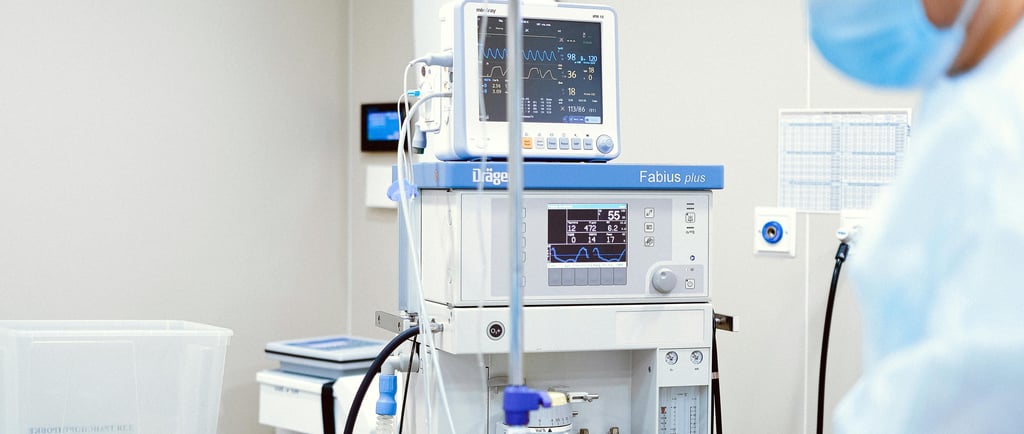How to Prepare for an Unannounced Healthcare Facility Inspection: A Biomedical Perspective
6/24/20251 min read


Unannounced inspections by regulatory bodies like The Joint Commission (TJC) and CMS are critical for ensuring compliance, patient safety, and equipment reliability. These audits often focus heavily on biomedical equipment, requiring all devices to be in proper working order and up to standard.
Here’s how to prepare your biomedical equipment to stay compliant and inspection-ready:
1. Perform Routine Inspections and Preventive Maintenance
Consistent preventive maintenance (PM) helps ensure equipment functions properly and passes inspections. Use a detailed checklist for each device, covering calibration, testing, and safety checks. This not only improves performance but also shows commitment to quality.
2. Review Calibration and Safety Records
Make sure all equipment is calibrated according to manufacturer specs and that safety checks—like electrical tests—are completed and documented. These records are key to proving compliance during an audit.
3. Keep Documentation Organized and Accessible
Up-to-date maintenance logs, calibration certificates, and safety check records should be easy to access. Clear documentation supports your facility’s compliance efforts and simplifies inspection prep.
4. Train and Inform Staff
Educate relevant personnel on maintenance protocols and inspection expectations. Regular training helps staff stay confident and ensures smooth handling of any issues that arise during an inspection.
5. Plan for Equipment Failures
Even well-maintained equipment can fail. Have a plan to address breakdowns quickly, including documentation of recent repairs and corrective actions. This demonstrates accountability and preparedness.
6. Conduct Mock Inspections
Run mock inspections to uncover any compliance gaps and boost your team’s preparedness. Pay close attention to biomedical equipment and use the results to improve your maintenance and inspection procedures. This proactive step helps prevent surprises during actual audits.v
Conclusion
Being inspection-ready starts with proactive maintenance, proper documentation, and staff preparedness. These efforts not only reduce the risk of non-compliance but also ensure your facility consistently delivers safe, reliable care.
Services
Expert repair and inspection for medical equipment. Follow us on socials
Ready to streamline your medical equipment services? Call us today! 732 928 4212
© 2024. All rights reserved.


